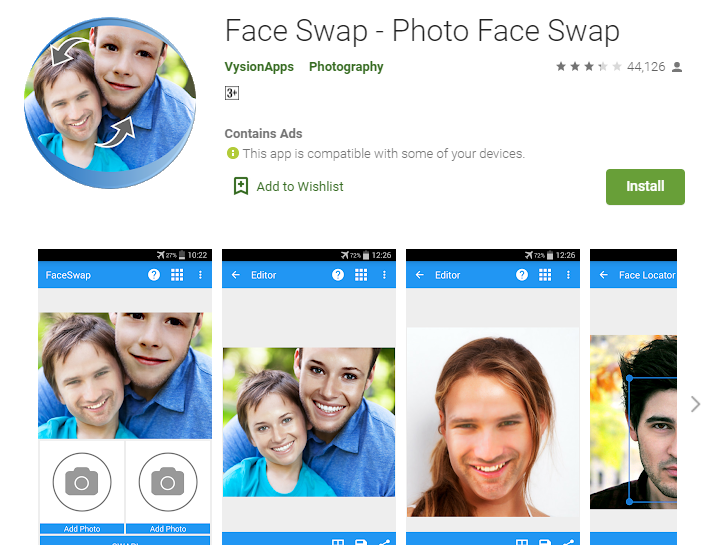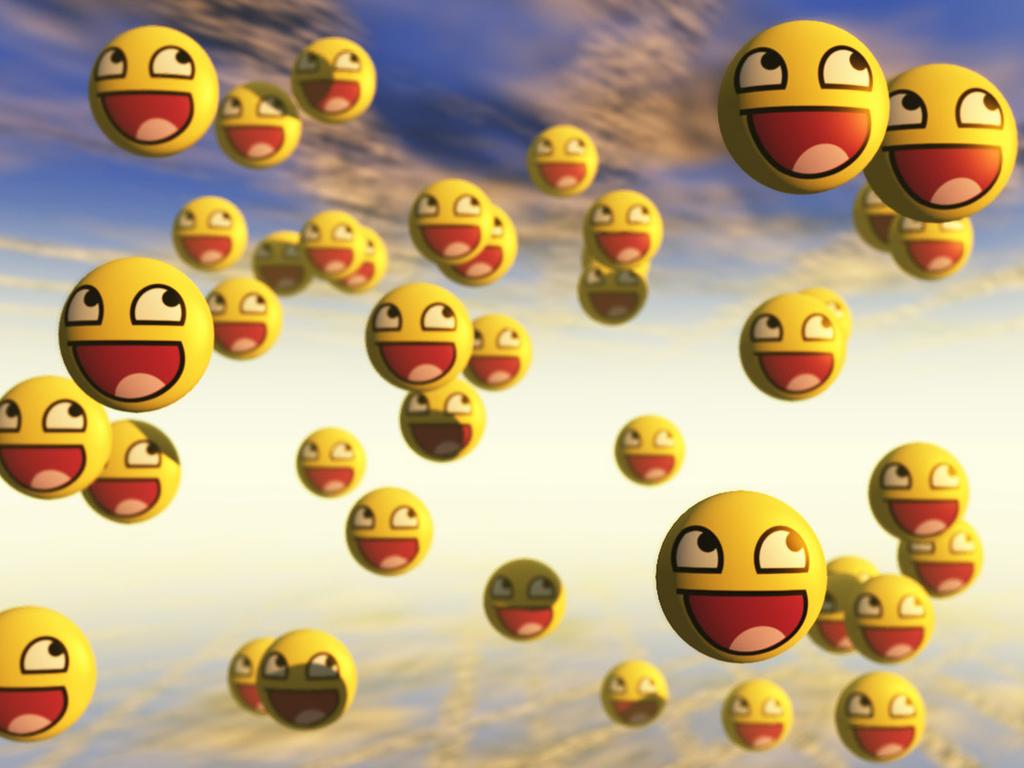
LibrePhotos suffers similarly and feels slow and clunky when navigating larger libraries. It tries to prioritize exposing everything all at once rather than putting the content first. Photonix's interface, on the other hand, is cluttered. All the metadata is hidden behind a small i icon. When you mouse over an image, a small caption adorns the bottom corner, displaying the image name and some of the camera settings used when capturing the photograph. Lychee is a great example of the right way to handle this complexity. Photo management is a game of efficiently managing a lot of data: tags, deep metadata (lens type, ISO, exposure, etc.), location, and so on. To open an image in Photoprism, you must instead click a tiny translucent magnifying glass (or sometimes it's a camera?) in the top left of the thumbnail. Here, that simple action begins a multi-image selection. In most photo management apps, clicking the image itself opens it. The app is let down by its cluttered and confusing interface. PhotoPrism is one of our favorites in this comparison, but even it is imperfect. Similarly, what's the difference between "training faces" and tagging them on the face dashboard? It's not intuitive. For example, clicking the "scan photos" buttons provides the user with no feedback in the web UI. But in reality, it's difficult to know what the app is doing without dropping to the command line and reading the logs. LibrePhotos is an example of a poor UI letting a project down, though.

Instead, it uses a random sort function to expose parts of your library you'd probably forgotten about. And we like that PhotoStucture never shows you the same home page twice. A couple of the apps on our list-Nextcloud Photos, Photonix, and LibrePhotos-do this as well.

Google Photos uses a simple "timeline view" that shows the most recent photos at the top. There's no need to reinvent the wheel a little artistic borrowing can go a long way.

For the most part, however, the interfaces feel like they were designed by a developer-this is one instance when such a designation is not a good thing. In several cases, there are glimpses of excellence. In our opinion, none of these apps' UIs are great, with Lychee as a possible exception. User interface design is subjective, of course.


 0 kommentar(er)
0 kommentar(er)
